
Review on 26 Pairs Of 52 Pieces Double-Sided Alphabet Flash Cards Lowercase And Uppercase Letter (Each Measures 2.2” X 2.2”) by Kenny Kowalewski

Good quality learning resource for kids
This pack of alphabet flashcards contains 26 cards of lowercase alphabets and 26 cards for capital letters. The cards are made of good quality cardboard and are sturdy enough to last for a while. The cards are color matched for lowercase and capital letters and that makes it easy to relate to the shape of the alphabets. Every set of alphabet cards is different from others making it ideal for teaching the kids.I would like to mention that letter "P" is missing in my pictures. It did come with the set. Our daughter misplaced it and I could not find when I was taking the pictures.A few suggestions:It would have been even better having they included digits from 0-9 with an actual number of items (apples, balls, etc).The pictures of the items on each flashcard is way too small and in some cases, there is no difference in the size of the picture on lower case letters and capital letters.Some letters are very similar (see pictures): for example n and u or p and d/b.Also, the box in which they come is of average quality. Including a sturdy cardboard (or even wooden) box with compartments would help keep them from being lost.Overall, these are very good resources to teach the kids about alphabets in a fun way.
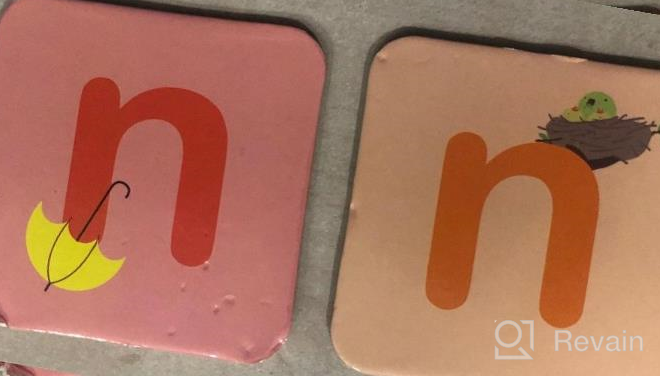
- Elegant Design: Each alphabet shows in capital and lowercase have a same background color. On the upper-case side illustrates a fun cartoon image shows vivid animal or entity with the initial name letter as the card. So kids could follow these tips to find their correlation and strengthen their memory with some simple words.
- Pronunciation assistance is not available, which might hinder children's ability to grasp phonetics
New products
Comments (0)
Top products in 👶🏻 Kids' FlashCards
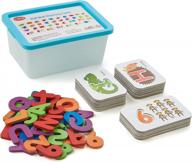
Wooden Alphabet Flash Cards And Puzzle Set With Animal Counting Blocks And Sight Words Match Game - Perfect For Toddler Learning And Montessori Education - 3+ Years - 36 Cards And 37 Blocks Included

15 Review
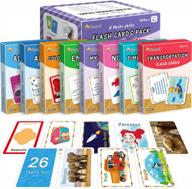
Flash Cards For Toddlers 2-4 Years, Kindergarten, Preschool - Set Of 208 Flashcards Inclu ABC Alphabets, Numbers, First Sight Words, Colors & Shapes, Animals, Emotions, Transport, Time & Money

26 Review
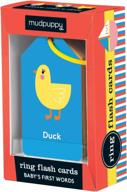
Mudpuppy Baby'S First Words Flash Cards: A Fun Learning Game For Toddlers Ages 3 To 5

22 Review
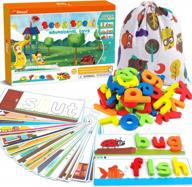
KMUYSL See & Spell Learning Educational Toys and Gift for 2-6 Years Old Boys and Girls - 80Pcs CVC Word Builders, Alphabet Colors Recognition Game for Preschool Kindergarten Kids

26 Review
Another interesting products

PicassoTiles 3-In-1 Building Block Set: Rocket, Bus, Train Theme For STEM Learning And Early Education - Magnetic, Pretend Play Toy For Kids

32 Review
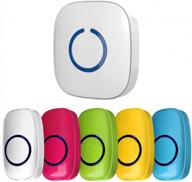
Educational Learning Games Buzzer With 5 Color Push Buttons - Great Tool For Activity Transitions And Game Show Zingers Attention Bell Answer Buzzers.

37 Review
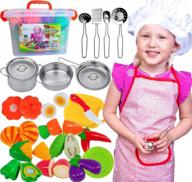
Kids Cooking Set With Pretend Cutting Food, Stainless Steel Pots, And Kitchen Accessories - Fun Toddler Playset With Chef Hat, Apron, Toy Knife, And Cutting Board For Boys And Girls

46 Review
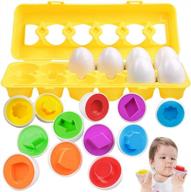
CPSYUB Toddler Toys 18 Month Easter Eggs Gifts For 1-3 Year Old Girls/Boys Montessori Matching Educational Color & Shape Recognition Learning BPA Free (12 Eggs)

31 Review

